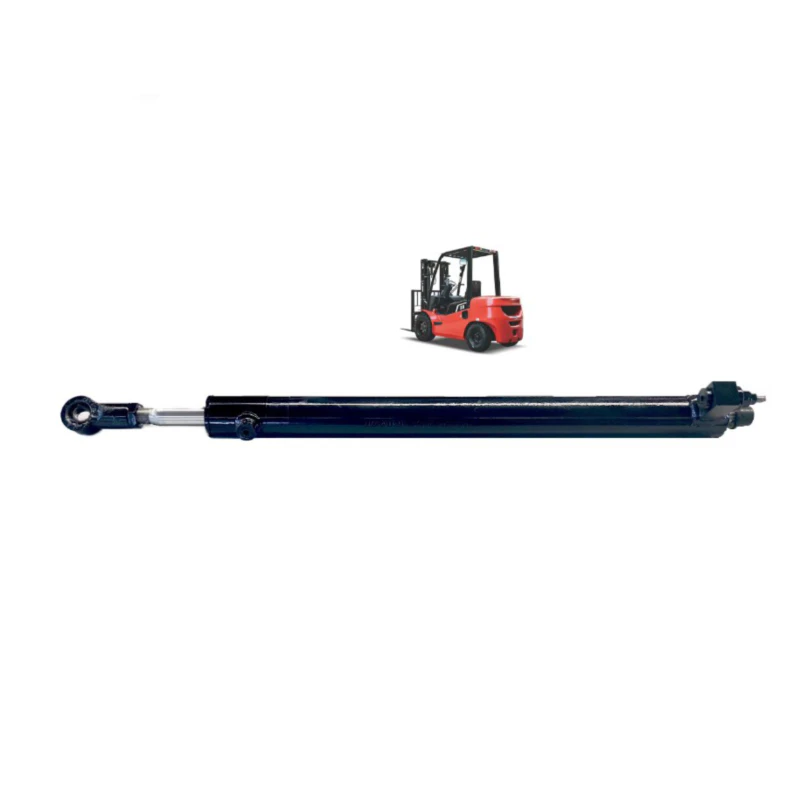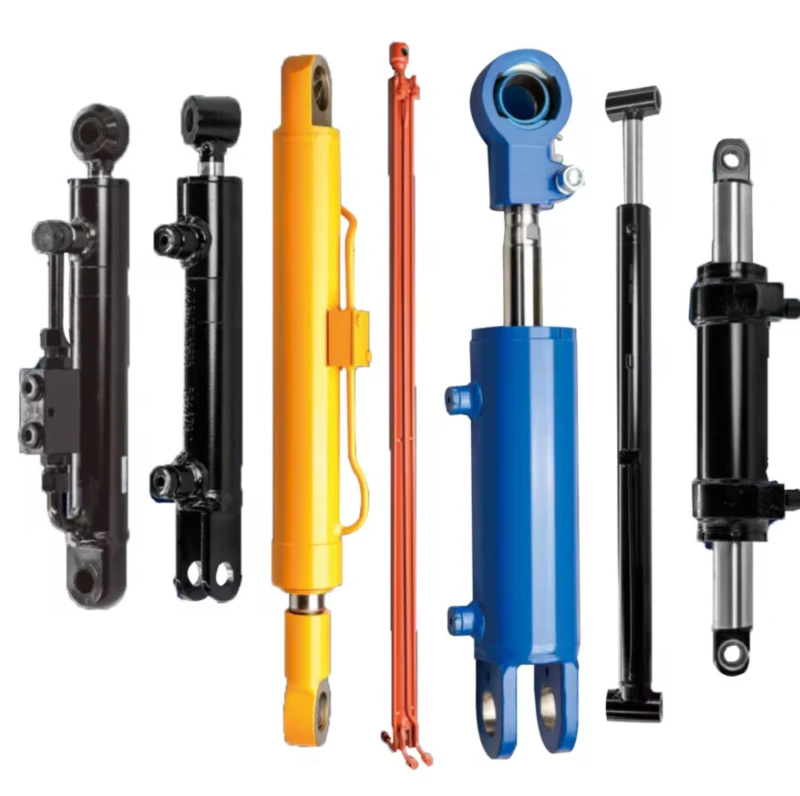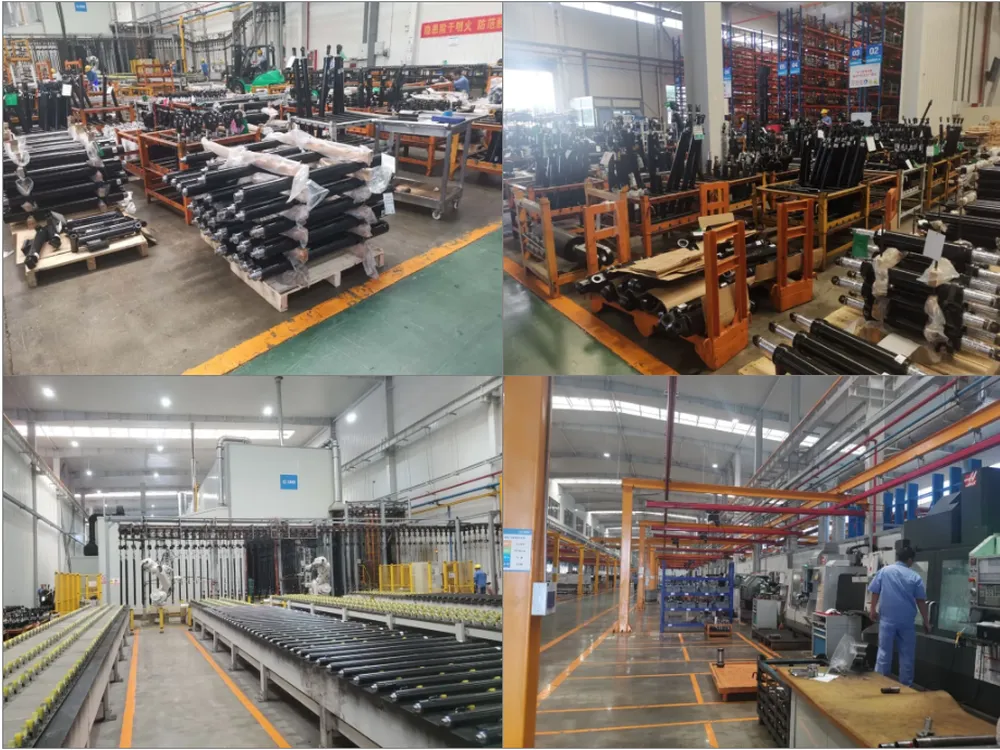Tilt Cylinders in Forklifts for Safe and Efficient Operation in Fireworks Logistics
Introduction
Fireworks logistics requires special care and attention to ensure safe handling and transportation. Forklifts play a crucial role in this process, and the proper functioning of tilt cylinders is essential for their safe and efficient operation. In this article, we will explore the importance of tilt cylinders in forklifts and their role in fireworks logistics.
What are Tilt Cylinders and How Do They Work?
Tilt cylinders are hydraulic components that control the tilting of the forklift mast. They are responsible for the forward and backward tilt of the mast, which allows the operator to position the load properly. Tilt cylinders work by converting hydraulic energy into mechanical energy to move the mast in the desired direction.
There are two types of tilt cylinders: single-acting and double-acting. Single-acting cylinders use hydraulic pressure to move the mast in one direction and a spring to move it back to its original position. Double-acting cylinders use hydraulic pressure to move the mast in both directions.

Importance of Tilt Cylinders in Forklifts
Tilt cylinders play a crucial role in the safe and efficient operation of forklifts. They provide the operator with precise control over the mast's movement, which allows for accurate load positioning. Properly functioning tilt cylinders also ensure that the load is stable during transport, which reduces the risk of accidents and damage to the goods.
In fireworks logistics, the importance of tilt cylinders is even greater. The sensitive nature of the goods and the need for timely and accurate positioning make tilt cylinders essential components. Any malfunction or failure in the tilt cylinders can have serious consequences and jeopardize the safety of the operator and the goods.

Common Problems and Solutions for Tilt Cylinders
1. Leaking Seals
Leaking seals are a common problem in tilt cylinders. They can lead to hydraulic fluid loss, reduced efficiency, and increased wear of the cylinder components. The solution is to replace the damaged seals and inspect the cylinder for any other potential issues.
2. Overheating
Overheating is another common problem that occurs when the tilt cylinders are subjected to excessive use or high temperatures. This can cause the hydraulic fluid to break down and reduce the cylinder's performance. The solution is to reduce the workload on the forklift and allow the cylinder to cool down.
3. Bent Rods
Bent rods can occur due to overloading or accidents. This can cause the cylinder to malfunction and reduce its efficiency. The solution is to replace the damaged rod and inspect the cylinder for any other potential issues.
Ever-Power Hydraulic Cylinder
At Ever-Power, we offer a wide range of high-quality hydraulic cylinders for various applications, including tilt cylinders for forklifts. Our products are designed and manufactured to meet the highest standards of quality and performance. With a production capacity of 200,000 sets per year and more than 300 units of automatic CNC production equipment, we are a leading player in the hydraulic cylinder market.
In addition to tilt cylinders, we also supply other products such as boom cylinders, high-altitude operation platform cylinders, and industrial vehicle hydraulic cylinders. We welcome customers to customize their products based on drawings and samples.
If you have any inquiries or would like to learn more about our products, please visit our website at https://boomcylinders.com.

Q&A
Q: What is the difference between single-acting and double-acting tilt cylinders?
A: Single-acting tilt cylinders move the mast in one direction using hydraulic pressure and a spring to move it back to its original position. Double-acting tilt cylinders use hydraulic pressure to move the mast in both directions.
Q: What are the common problems that occur in tilt cylinders?
A: Common problems include leaking seals, overheating, and bent rods.
Q: How can I prevent tilt cylinder problems?
A: You can prevent tilt cylinder problems by performing regular maintenance and inspections, reducing the workload on the forklift, and avoiding overloading.